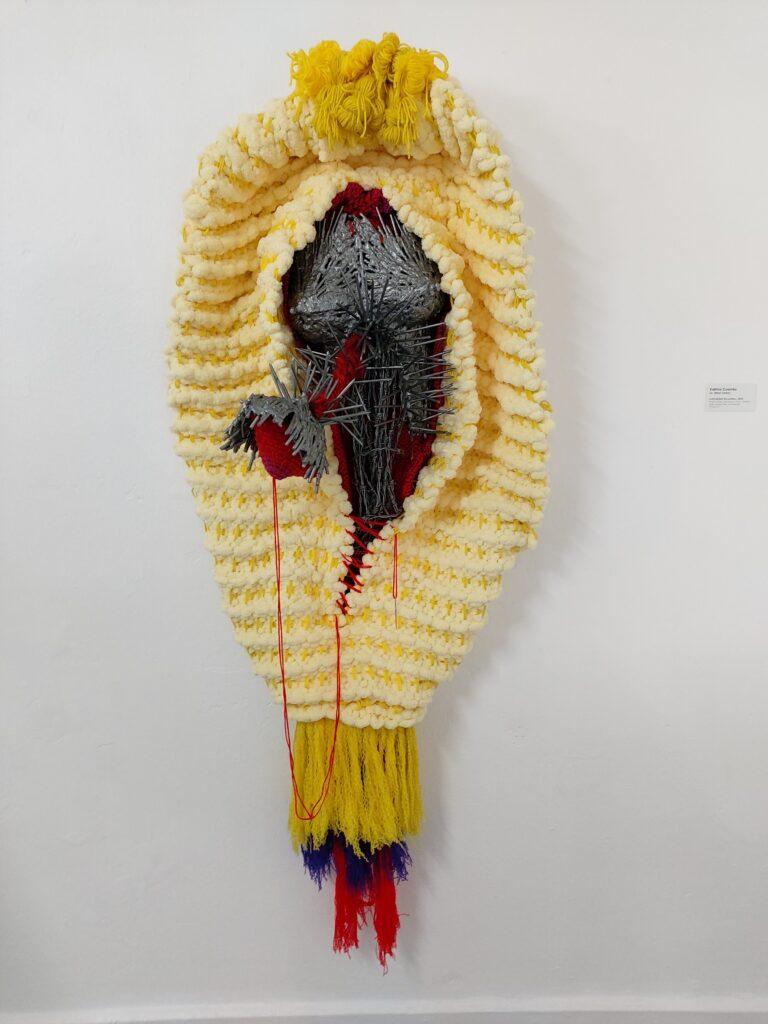Decolonizing monuments: The Windrush Commissions – Part 3

Last week, I looked at a public sculpture in Hackney by Veronica Ryan, which was unveiled last month. This commission was a part of the Hackney Council’s Windrush Engagement Programme and will be followed by another public sculpture by Thomas J Price next year. Two weeks ago, the winner of the national Windrush Commemoration Committee’s commission was announced: Jamaica’s own Basil Watson, whose sculpture will be installed next year at Waterloo station. These three commissions not only recognize the historic Windrush Generation, which is as such long overdue, but also and crucially provide symbolic redress to the Windrush Scandal in 2018 and, more generally, are part of efforts to decolonize public monuments in the UK and to address the histories of racism and marginalization.
This week, I take a closer look at the Basil Watson commission. Basil Watson, who was born in Kingston in 1958 as the son of the famous Jamaican painter Barrington Watson, also travelled to the UK as a young child and spent several years there, before returning to Jamaica and eventually settling in Atlanta about 20 years ago. He has, in recent years, become the most prolific public sculptor in Jamaica, with mostly government commissions but a few private ones, too. He has also received major commissions elsewhere, such as the recent Martin Luther King monument in Atlanta. He is a graduate of the Jamaica School of Art, now part of the Edna Manley College of the Visual and Performing Arts.
Basil Watson’s Windrush sculpture is at this stage a study, and as such harder to interpret until it is executed and installed. While his technical skills are formidable, as is evident in the gravity-defying poses of some of his sculptures, Watson is a far more conservative sculptor than Ryan and this is particularly evident in his local commissions. The question arises as to what extent this is self-imposed or imposed by his patrons, in response to actual and perceived public expectations. There is no doubt, however, that his public sculptures speak to wide audiences. He may be the safe choice for the increasingly risk-averse public monument commissions here in Jamaica, with statues that often seem a bit formulaic. But, his private commissions are more adventurous, such as the one for Doctor’s Cave Beach in Montego Bay. There is obviously another, more imaginative and adventurous side to Basil Watson’s sculptural work, which we do not always get to see in his public commissions.

Watson’s Windrush statue was selected and will be executed in a context that is more artistically liberal than Jamaica’s but, when it comes to the representational politics of public art, no less given to controversy. The study suggests a departure from Watson’s typical public sculptures, for instance in the use of the suitcases as the base for the sculpture, which will presumably also be mounted at ground level, although the posing and gestures of the figure are more conventional. His commission will, no doubt, also have its critics. Some have already questioned the Waterloo station, as a site that is not strongly associated with the Windrush experience, although this has nothing to do with the choice of Watson’s proposal. And, in our gender-preoccupied times, I suspect that his choice of representing the Windrush generation by a nuclear family unit, and one in which the father takes the unquestioned, dominant position, may be a point of contention, especially since this is not necessarily consistent with how Caribbean families function.
As the American cultural scholar W.J.T. Mitchell wrote in a 1992 essay about contemporary memorials to violent histories: “What seems called for now…is a critical public art that is frank about the contradictions and violence encoded in its own situation, one that dares to awaken a public sphere of resistance, struggle, and dialogue.” For this to happen, public art has to desist from trying to impose definitive statements, as has been the conventional approach with public monuments, and instead invite discussion and participation, in a context where consensus is rarely possible, and controversy is likely. It will be interesting to see whether the Windrush Commissions will achieve that challenging goal.
Dr Veerle Poupeye is an art historian specialized in art from the Caribbean. She lectures at the Edna Manley College of the Visual and Performing Arts in Kingston, Jamaica, and works as an independent curator, writer, researcher, and cultural consultant. Her personal blog can be found at veerlepoupeye.com.






